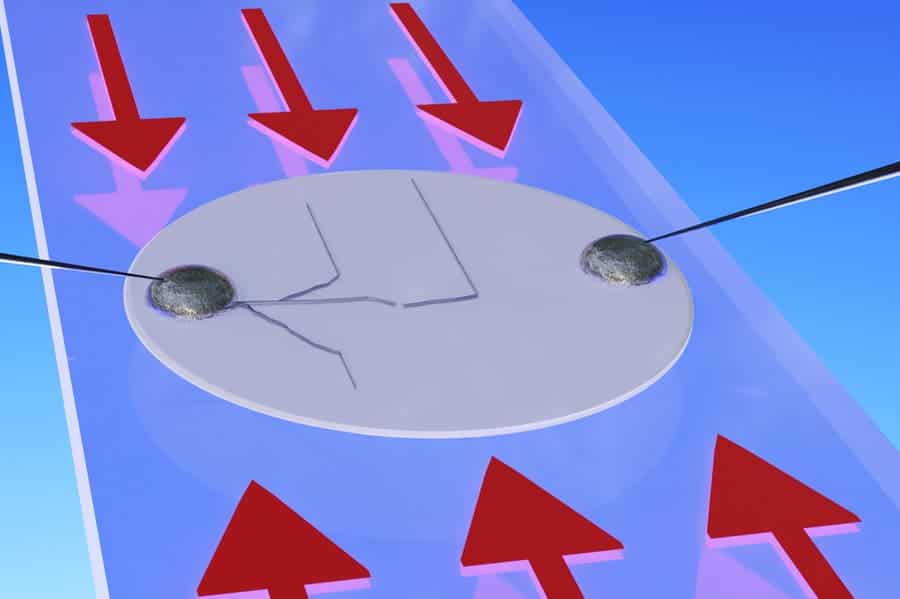Solid-state batteries are great. Scratch that, they’re absolutely fantastic and nothing short of disruptive. I know this sounds sensationalized, but trust me, this kind of technology lives up to the hype.

Solid-state batteries use thin layers of solid ceramic materials in lieu of the liquid electrolyte that typically separates the anode and cathode electrodes of a lithium-ion (Li-ion) battery. Li-ion batteries currently power everything ranging from phones and laptops to electric vehicles and industrial-sized backup power generators. A solid electrolyte occupies much less volume, so the batteries can store much more energy and charge faster. And since liquid electrolytes are flammable, solid-state batteries remove the safety risks associated with today’s batteries. We’ve all seen the burning Teslas and heard horror stories like it.
It’s really a game-changing technology, which is already being used inside devices like pacemakers and smartwatches to great effect. However, mass adoption in industries where they’d produce the greatest impact, such as transportation and power storage, has been seriously lagging — and it’s all mostly due to one major flaw that has proven incredibly stubborn despite scientists’ best efforts to overcome it: lithium dendrites.
The cracks in a game-changing technology
Dendrites, whose name comes from the Latin word for branches, are thin, tree-like pieces of lithium that branch out and can pierce the battery, thereby causing short circuits and other problems. Once this happens, the only solution is to replace the battery since the lithium metal anode is compromised.
These dendrites effectively form cracks in the brittle electrolyte when it expands and contracts during charge/discharge cycles. This process is not entirely understood yet, but new research by scientists at MIT and Brown University is providing crucial insights.
According to the researchers led by MIT’s Professor Yet-Ming Chiang, dendrites form when the ceramic sheets that make up the solid-state battery are penetrated by lithium during the constant back-and-forth shuttling of ions between the anode and cathode. In time, this causes stress to build up in the solid electrolyte, which is firmly sandwiched between the two electrodes. As more and more lithium is deposited, the electrolyte cracks from the pressure.
“To deposit this metal, there has to be an expansion of the volume because you’re adding new mass,” Chiang says. “So, there’s an increase in volume on the side of the cell where the lithium is being deposited. And if there are even microscopic flaws present, this will generate a pressure on those flaws that can cause cracking.”
Previously, most scientists thought that these dendrites form due to some electrochemical process, rather than a mechanical one. In their new study, the researchers have not only identified the problem, but also the solution — and it counterintuitively involves adding more stress.
During experiments, the researchers developed a solid electrolyte that is transparent, so they could see and record everything as the battery went through its normal charging and discharging cycles.
“You can see what happens when you put a compression on the system, and you can see whether or not the dendrites behave in a way that’s commensurate with a corrosion process or a fracture process,” said co-author and MIT graduate student Cole Fincher.
The researchers used a beam with a weight at one end to induce pressure in the solid electrolyte, bending the material. The pressure is added along the plane of the plates as if you were squeezing a sandwich from the sides. This forces the dendrites to travel in the direction of compression. The dendrites still form, but they’re now rendered harmless. The direction of pressure is very important. Applying pressure perpendicular to the battery’s plates will actually make matters worse.
In practice, the bending stress can be obtained by manufacturing the solid electrolyte out of two distinct layers that have different amounts of thermal expansion. Another approach would be to simply ‘dope’ the material with compounds that distort the electrolyte in a permanently stressed state, the same way we make super-hard glass used in the screens of phones and tablets.
This proof-of-concept demonstrates some basic principles, but the researchers now need to replicate their findings in a functional prototype battery. Many other challenges await, though. For instance, they’ll have to figure out how to design a solid-state battery that renders dendrite formation harmless while making the process economically feasible. Current solid-state batteries are around 8 times more expensive to make than conventional lithium-ion batteries with a liquid electrolyte.
The findings appeared in the journal Joule.


